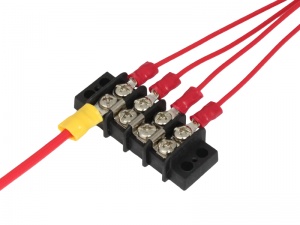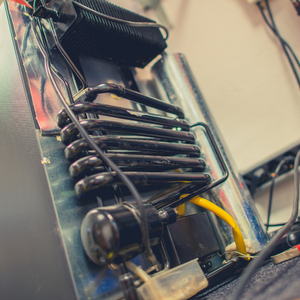| Wednesday, 29 September 2021 | Craig  Today we will be looking at making multiple connections. This is something that can be handy when looking to reduce the number of messy wires you will have in your vehicle but one that can cause a lot of confusion to 12 Volt newcomers. So first what are the benefits? .. |
| Thursday, 14 April 2022 | Craig  Installing a 12V compressor fridge can look quite simple on paper, but some not-so-obvious issues need to be taken into account to prevent problems. We take a look at these, how they may affect your build and what can be done to resolve these issues. |










